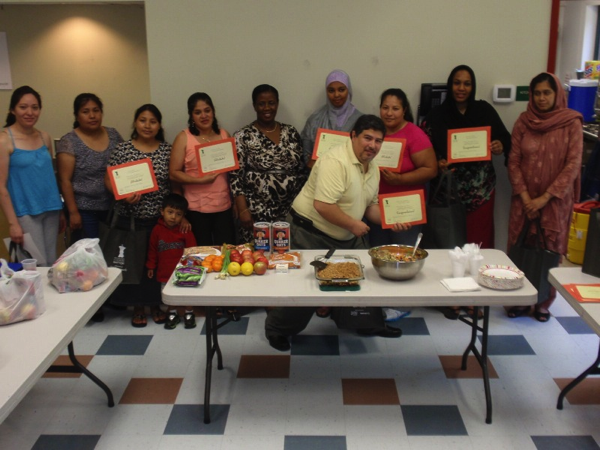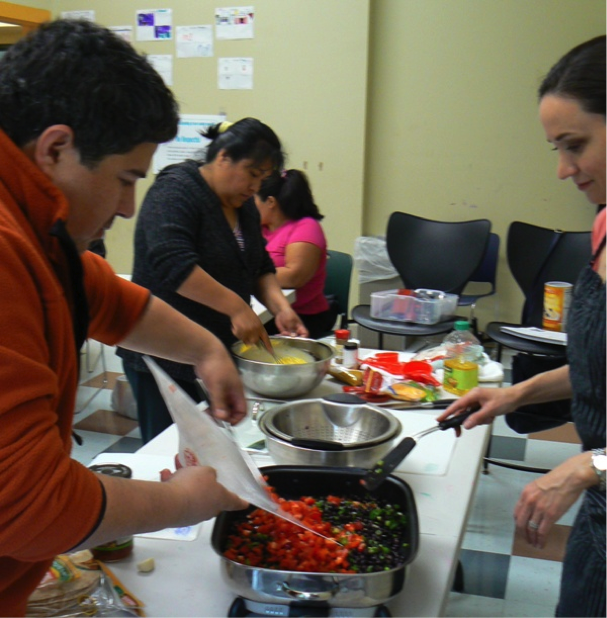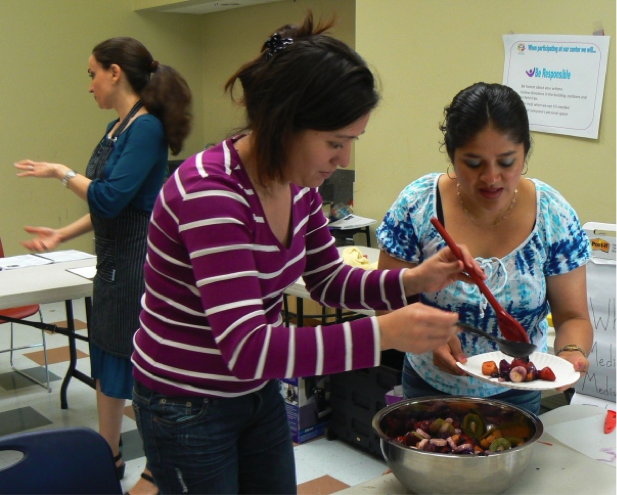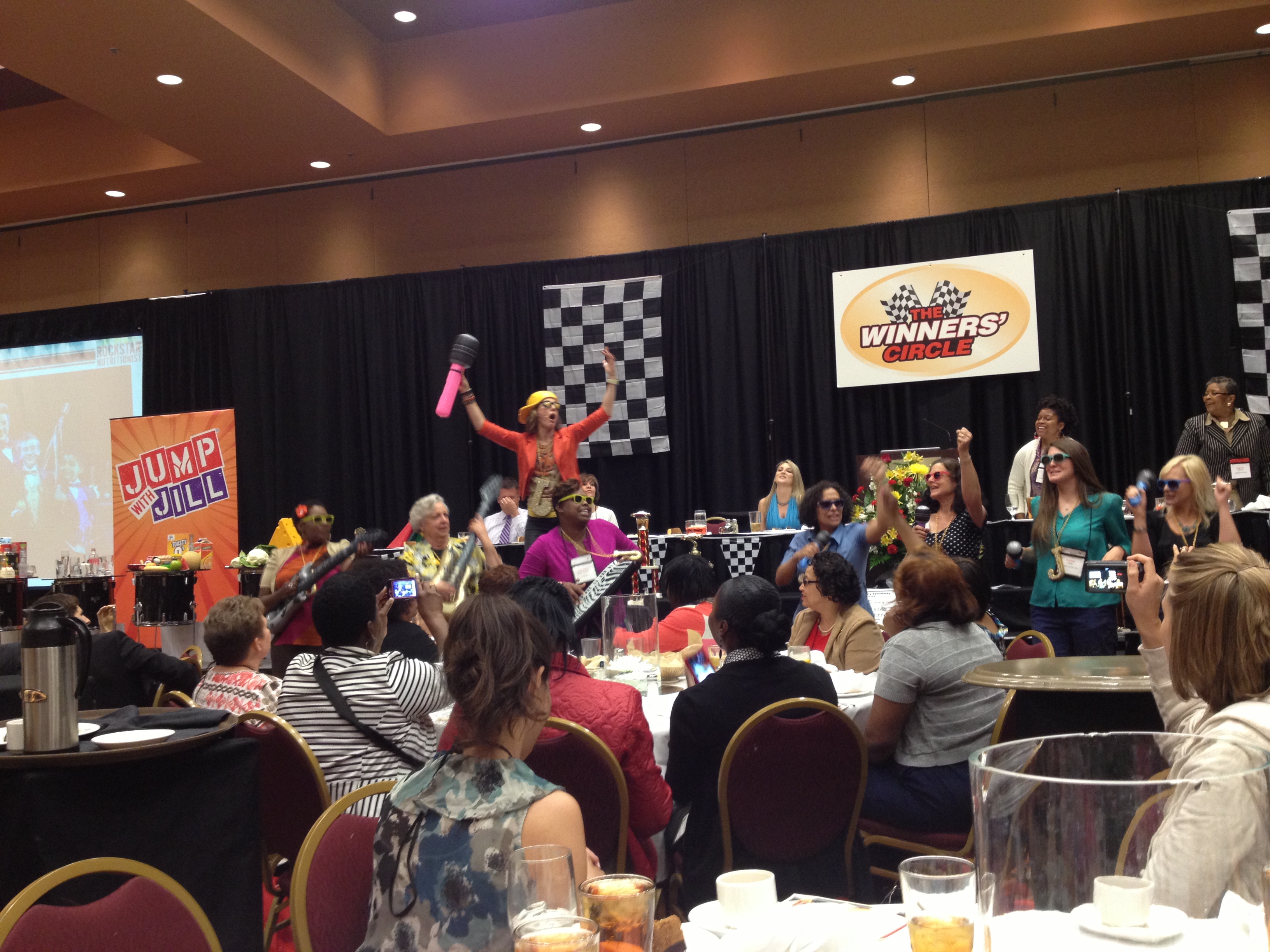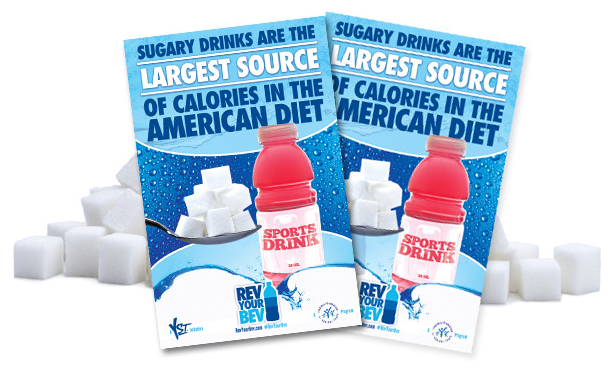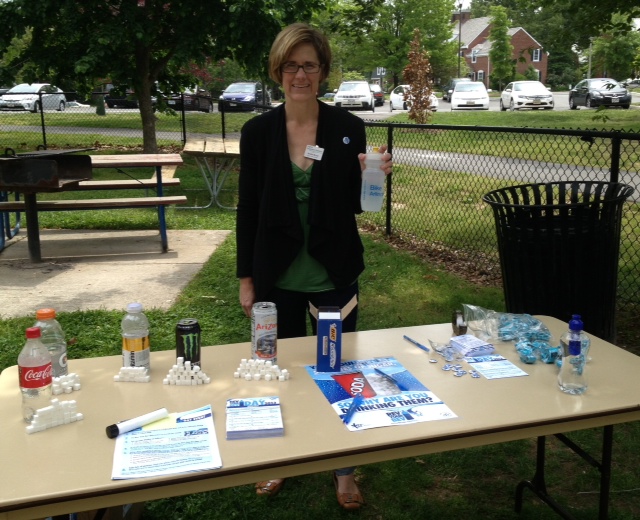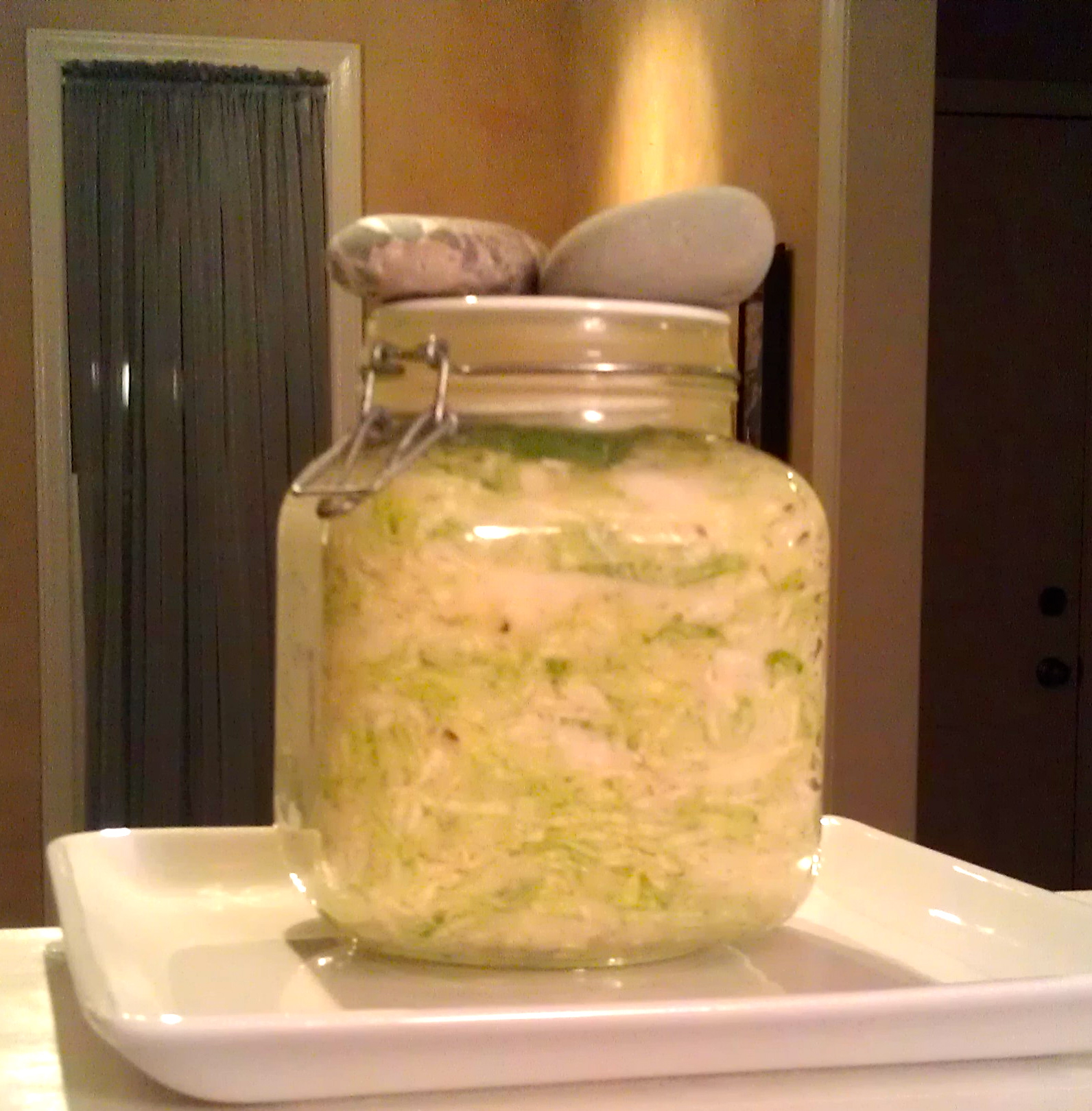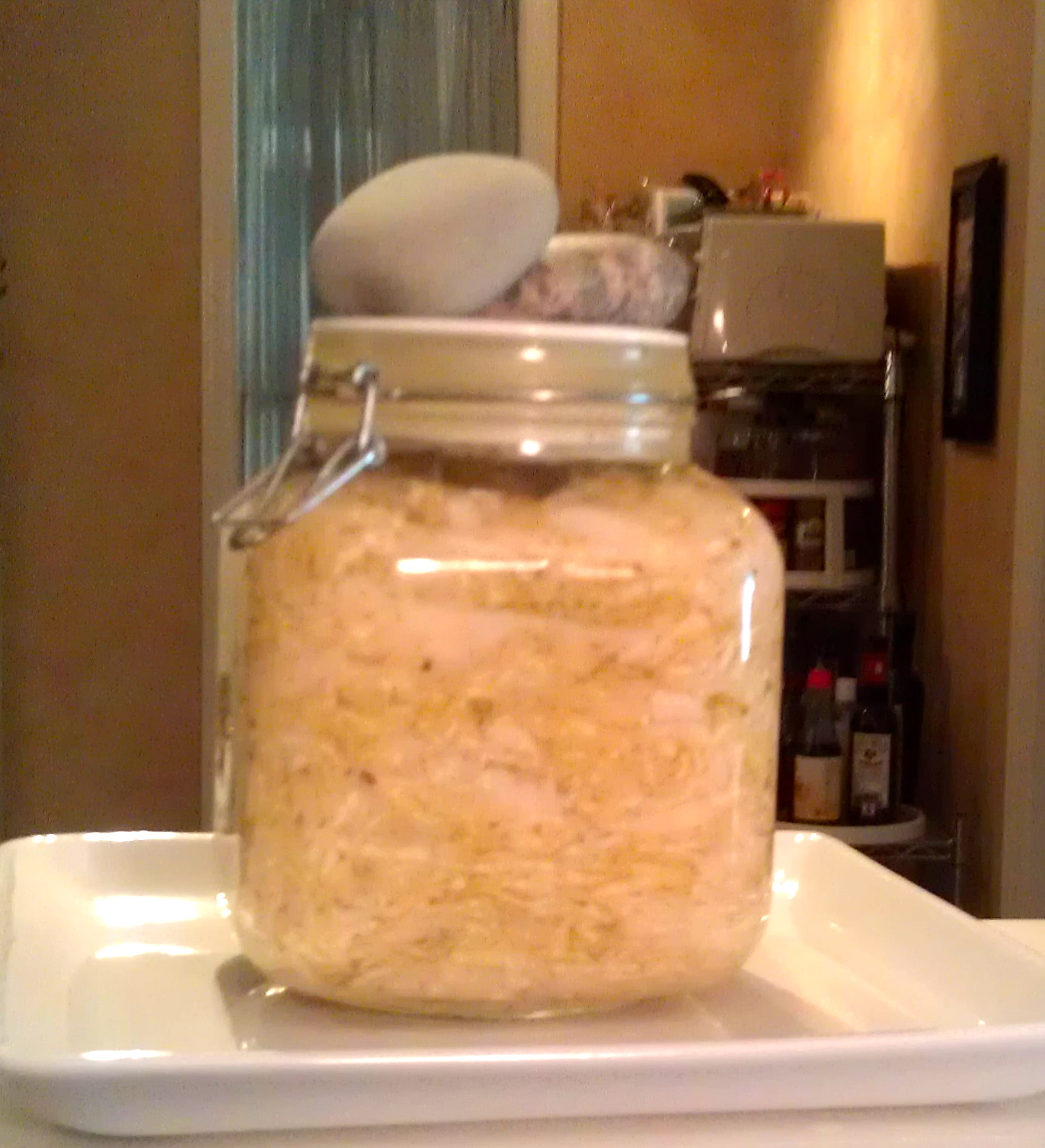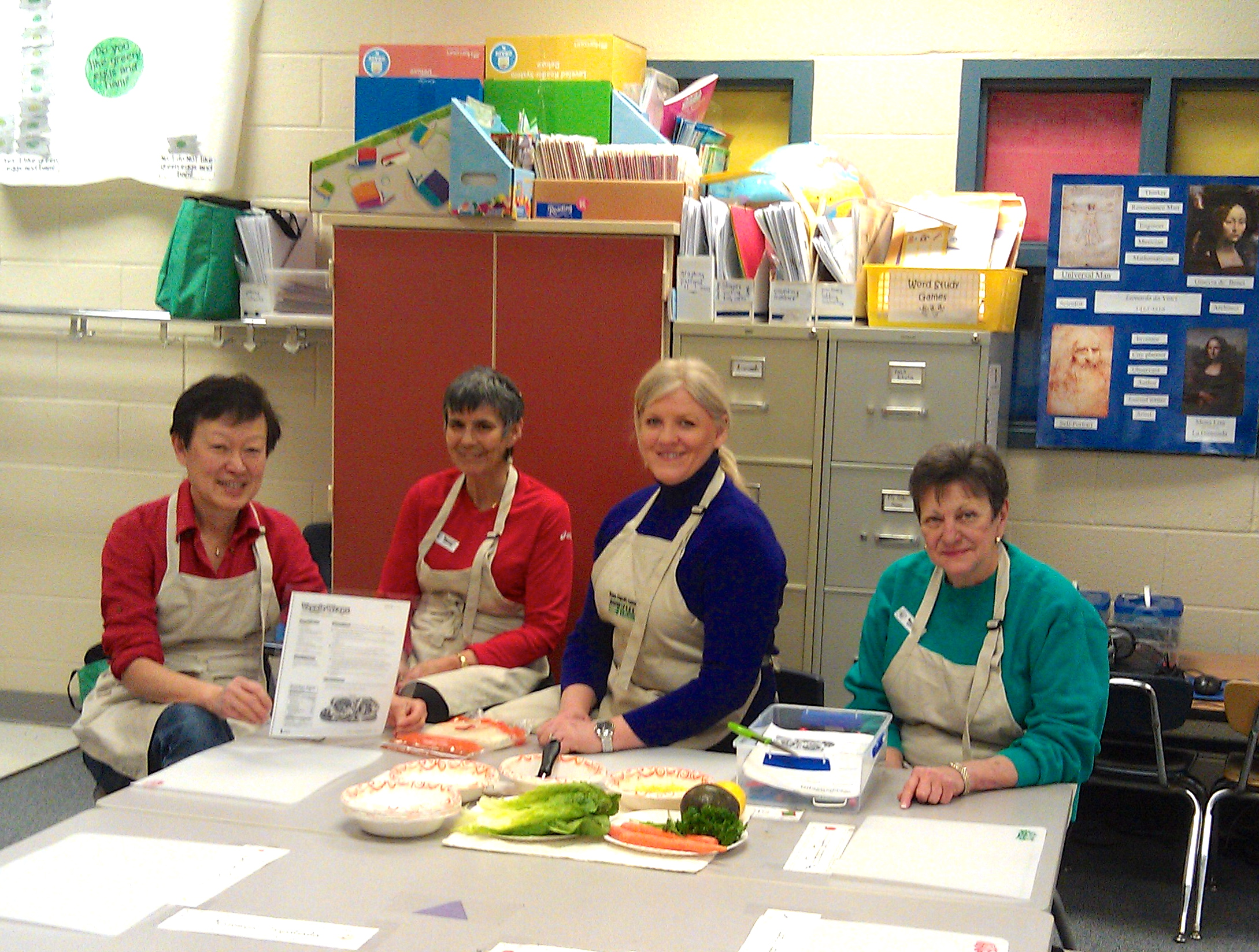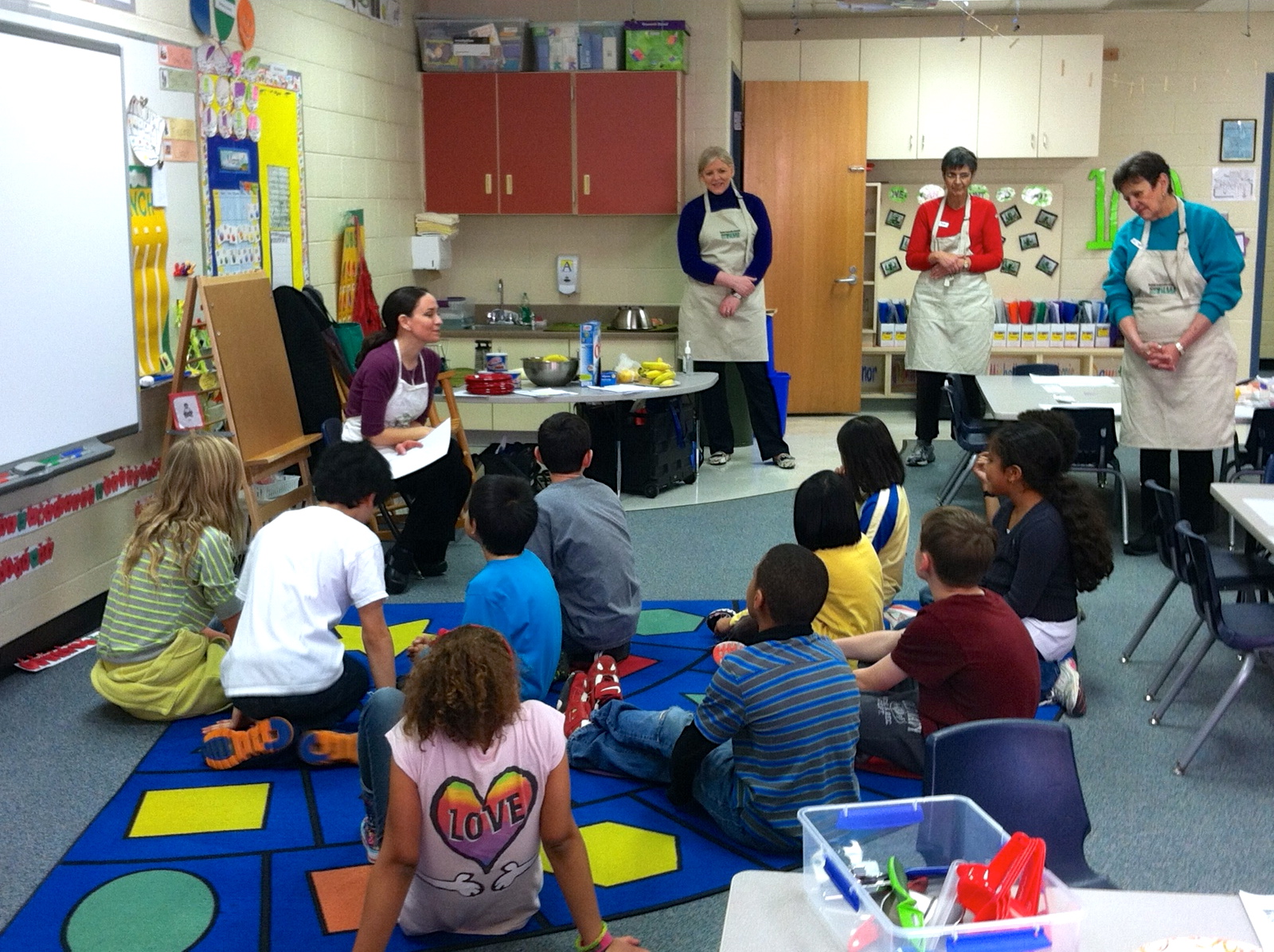With all the pressures of raising young children and maintaining a household, it takes dedication to complete a 6-week cooking class. That’s just what parents across Arlington and Fairfax are doing, thanks in part to the support of Virginia Cooperative Extension (VCE) Master Food Volunteers. Area courses are being lead by Jennifer Abel and Katie Strong, VCE Agents, and Ellen Mathis and Hareg Tecklu, VCE Family Nutrition Program Assistants.
Cooking Matters for Adults is a cooking and nutrition course designed to empower families at risk of hunger with the skills, knowledge and confidence to make healthy and affordable meals. During each class, participants learn to make several recipes and receive a bag of groceries to make the recipes for their families. The well-designed curriculum includes student and instructor guides covering practical nutrition, food shopping and food safety along with 65 tasty, healthy and low-cost recipes. Many of the recipes used in our VCE Master Food Volunteers training program came from Cooking Matters.
Leading a program in Reston were two registered dietitians, Katie Strong, VCE Agent, and Yara Saad, Early Childhood Nutritionist with Fairfax County Public School (FCPS) Head Start Program. They were supported by FCPS and VCE staff Jessica Forsty and Patricia Reyes along with Master Food Volunteers Michael Perel and Sue Gonzalez. Many thanks to Reston’s Southgate Community Center for providing an excellent kitchen and classroom for this program.

Instructors Katie Strong, Patricia Reyes, Jessica Forsty and Yara Saad discuss nutrition while demonstrating food preparation.
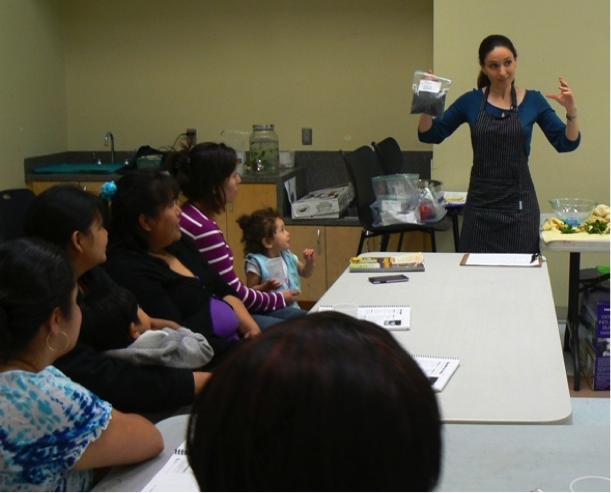
Using bags of black beans, Katie Strong demonstrates how quickly bacteria multiply when food is not kept at safe temperatures.
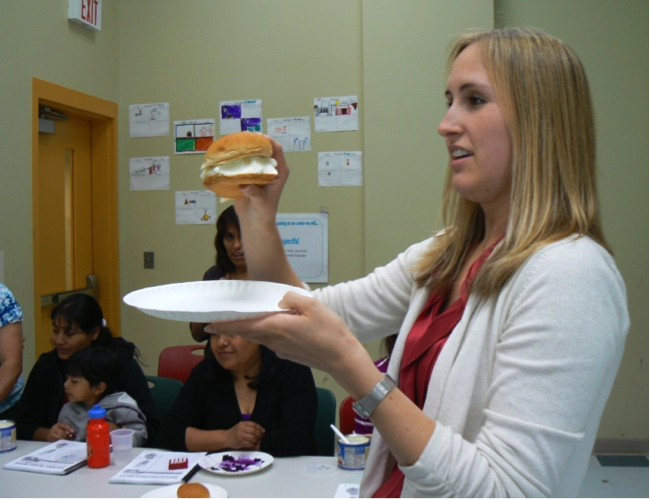
Jessica Forsty holds up a “blubber burger” filled with Crisco to illustrate the amount of unhealthy fat in one participant’s favorite fast food meal.
Cooking Matters for Adults teaches low-income adults (primarily adults with children) how to prepare and shop sensibly for healthy meals on a limited budget. Founded in 1993 by Share Our Strength and nationally sponsored by the ConAgra Foods® Foundation and Walmart, Cooking Matters now serves 17,000 families each year. To learn more about Cooking Matters, visit www.cookingmatters.org.
–Sue Gonzalez, Master Food Volunteer

